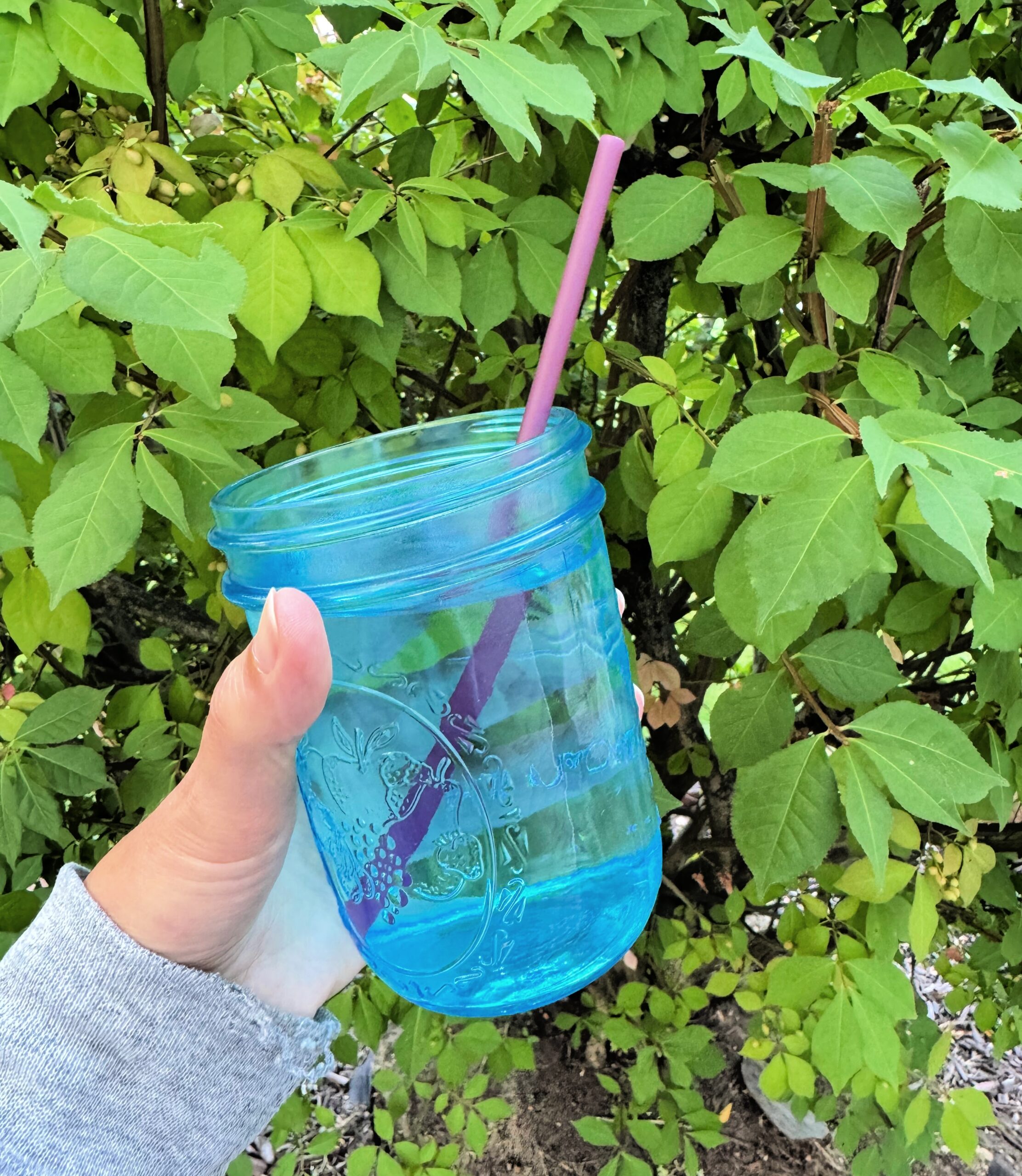Whether you’re worried about disappearing bees or melting polar ice caps, it’s no secret that our planet is in danger. These fears are elevated for parents concerned about their children’s future. You may not have the power to prevent the carbon emissions released by major corporations. But making a few small changes in your family’s life can help combat humans’ negative impact on the environment.
Interested in living a greener lifestyle? Take a look at the following tips to learn what you can do to reduce your environmental footprint.

1. Go Meatless on Mondays
While cheeseburgers and chicken wings are tasty, eating them every day isn’t doing the environment any favors. Meat production is responsible for a significant portion of greenhouse gas emissions, deforestation, and biodiversity loss. This doesn’t mean you need to give up meat for good. Simply cutting back your animal protein consumption has a positive impact.
A simple way to begin reducing your family’s meat intake is to start participating in Meatless Mondays. Meatless Monday is a worldwide movement that inspires people to skip meat once weekly. It provides families with a fun opportunity to get in the kitchen and experiment with some veggie-focused meals. Most people have no problem getting enough protein when eating vegetarian. However, if you or your children are extremely active, consider supplementing with a plant-based protein powder.
Check out our Vegetarian Recipes on the blog!
2. Use a Travel Coffee Mug
Many people enjoy grabbing a warm cup of joe on their way to work. There’s nothing wrong with stopping by Starbucks. However, regularly using disposable coffee cups takes a toll on the environment. Billions of disposable products fill our landfills and pollute our oceans every year. Purchasing a reusable travel coffee mug can significantly reduce your contribution to this growing problem.
When choosing a reusable mug, opt for metal over plastic. This will help keep your beverage warm or cool for longer. You’ll also want a spill-proof lid. Finding one with a double-layer rubber seal gives you the best chance of avoiding coffee stains on your clothes.
3. Buy Used Baby Clothes
When you find out you’re pregnant, it’s tempting to go online and buy the cutest baby clothes you can find. Those little pink onesies may seem harmless, but they contribute to a larger environmental issue. The fashion industry is responsible for up to 8% of human-caused greenhouse gas emissions. Shopping less frequently and buying items that last for years can help reduce fashion’s environmental impact.
Since babies quickly outgrow their clothes, gratefully accept hand-me-downs or buy nice used items instead of purchasing something new. This helps save you money and reduces your contribution to greenhouse gas emissions. Consignment stores often have high-quality baby items for half the price of new items. If you don’t live close to a consignment store, check out Facebook Marketplace or eBay.
4. Get Groceries From the Farmers Market
Most people swing into their local grocery store each week to restock on the essentials. But many don’t realize how many greenhouse gas emissions result from the processing, storage, and shipping of grocery store items. In contrast, local produce doesn’t need to travel great distances to get to your table. This not only makes it taste better, but reduces its environmental impact as well.
To help educate your children on the importance of eating locally, bring them along on your farmers market visits. Introduce them to the growers and encourage them to ask any questions they may have about farm-raised food. Consider giving them a small budget to purchase a few food items of their own. Letting your child participate in the farmers market shopping can help fuel their passion for environmentally friendly food.
Also consider joining a CSA (Community Supported Agriculture), where you get a farm share of produce every week.
5. Give Experiences Instead of Toys
When it comes to birthdays and holidays, many parents bombard their children with brand-new toys. Like so many other consumer industries, the toy industry significantly impacts our planet. For every $1 million in revenues, toy companies use 40 tons of plastic. Most of these plastics are non biodegradable. So when a toy ends up in the trash, it takes hundreds of years to decompose.
Instead of contributing to the growing landfill problem, give your child the gift of experiences instead of toys. Whether it’s a trip to the ice skating rink or a day at the zoo, your child will relive the experience for years to come. These lasting memories make spending a day together more valuable than any toy you could purchase.
6. Change How You Pack Lunch
Many parents pack lunches every day to ensure the whole family has healthy meals for work and school. Unfortunately, they often rely on plastic bags, paper bags, and disposable utensils when preparing lunch. For a more eco-friendly meal, ditch the disposables for greener alternatives.
Instead of packing snacks in plastic bags, consider using reusable containers to reduce your waste. Set the plastic silverware aside and purchase metal flatware dedicated for lunchtime packing. Instead of sending kids to school with a paper bag, purchase a mental bento-style lunch box. These lunch kits are sectioned out, making it easy to pack a variety of foods without the need for Ziploc bags.
As a parent, you want to do your part in protecting the world for future generations. By making a few lifestyle tweaks, you and your family can minimize your environmental footprint.


Leave A Comment